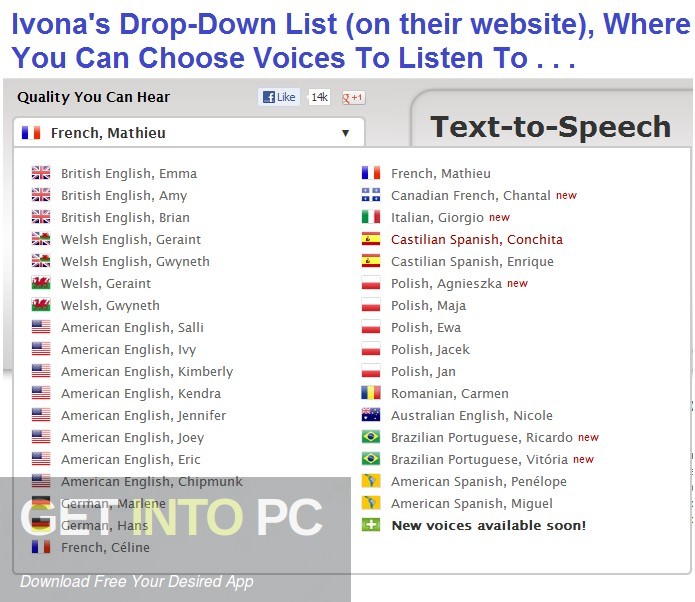

Soundly anchored in HCI, cognitive psychology, linguistics, and social psychology, this supremely practical book is loaded with examples, how-to advice, and design templates. This study sits at the intersection of technological innovations and disability studies.įrom the voice on the phone, to the voice on the computer, to the voice from the toaster, speech user interfaces are coming into the mainstream and are here to stay forever. I have used semi-structured interviews as tools to analyze the impact of these technologies. For this purpose, a qualitative study has been undertaken to explore the experiences, concerns and suggestions regarding the research issue. This study goes beyond describing, analyzing and theorizing the benefits and limita-tion of Assistive technologies and Artificial Intelligence based solutions for col-lege teachers with visual disabilities and attempt to address larger issues of acces-sibility, inclusiveness, consideration of local context for such technologies and aim to improve the agency of such users. This research examines real time issues encountered by the col-lege professors with visual disabilities using such technologies and suggest measures for implications for future development of such technologies. Existing academic work indicate that these technologies have supported and transformed the lives of people with disabilities and particularly people with visual disabilities but also posed several challenges and limitations. A review of choral pedagogy literature will reveal the need for practical exercises that allow for a balanced approach to articulation and resonance.The study explores various issues related to usage of Assistive Technologies and Artificial Intelligence based solutions by college teachers with visual disabilities for teaching and academic purposes. A review of past and present trends in vocal pedagogy literature will highlight important viewpoints regarding consonant production that serve as a foundation for the development of exercises. The purpose of this study is to devise strategies for collegiate choirs that develop complete facility of articulation. While a bias toward vowels may be appropriate, given that they are prolonged in singing and consonants generally are not, highlighting their coexistence rather than the dominance of one could lead to better use of the complete instrument. This is evidenced by the prevalence of choral vocalizations that target proper vowel production but lack careful consideration of consonants. The relationship between consonants and the singing voice has not been addressed as thoroughly. Much attention has been given to vowels in both singing and choral pedagogy. The results of the acoustic analysis encompassed in this article, hope to provide quantitative acoustic data on a limited scale regarding the formant structure of the Setswana vowels in order to assess the present perceptual descriptions of these vowels. Choi (1991:4) summarizes the traditional articulatory approach fittingly as follows: ”While such descriptions are valuable, they are nonetheless qualitative, and ideally, should be complemented by instrumental examination. The vowels are positioned on the vowel chart according to their auditory qualities and those of the cardinal vowels. The vowel system of Setswana consists of seven vowels and four raised variants of the mid vowels. The data presented in this article should lead to a more scientific description and presentation of the Setswana vowels. To improve this situation, an acoustic study was carried out.

Due to the lack of scientific evidence to support these descriptions, many discrepancies exist that were transferred to the vowel charts as well. Descriptions of the Setswana vowels as found in textbooks and other sources are mainly articulatory in nature and are based on auditive perceptions. This article aims at the presentation of data recovered from an acoustic analysis of the vowels of Setswana (S31), a Bantu language spoken in Botswana, the North Western, Northern Cape and Gauteng provinces of South Africa.


 0 kommentar(er)
0 kommentar(er)
